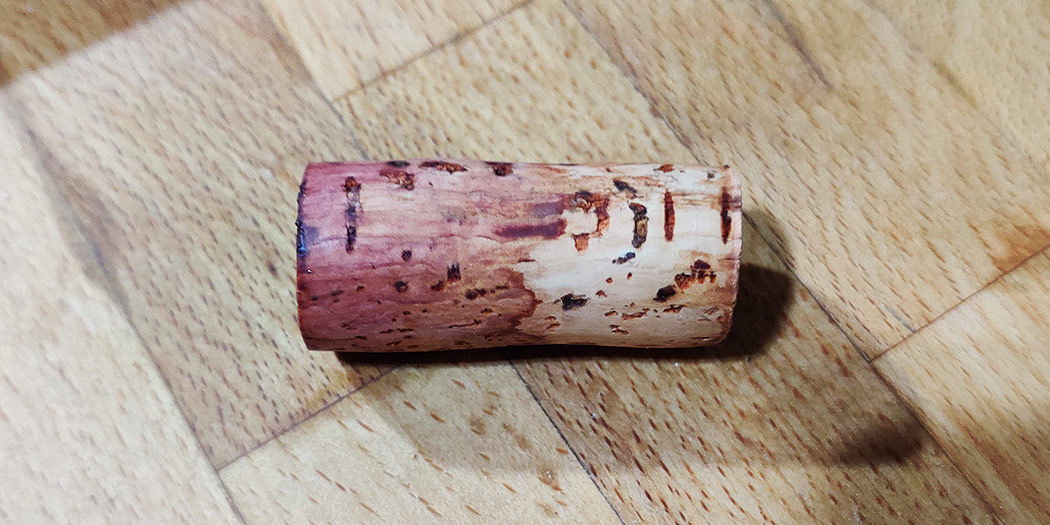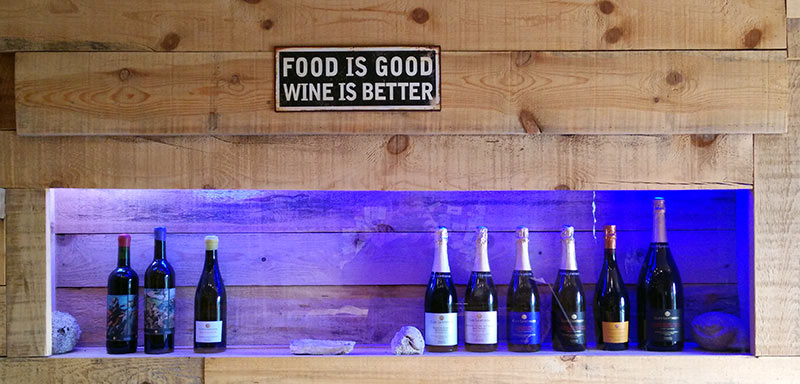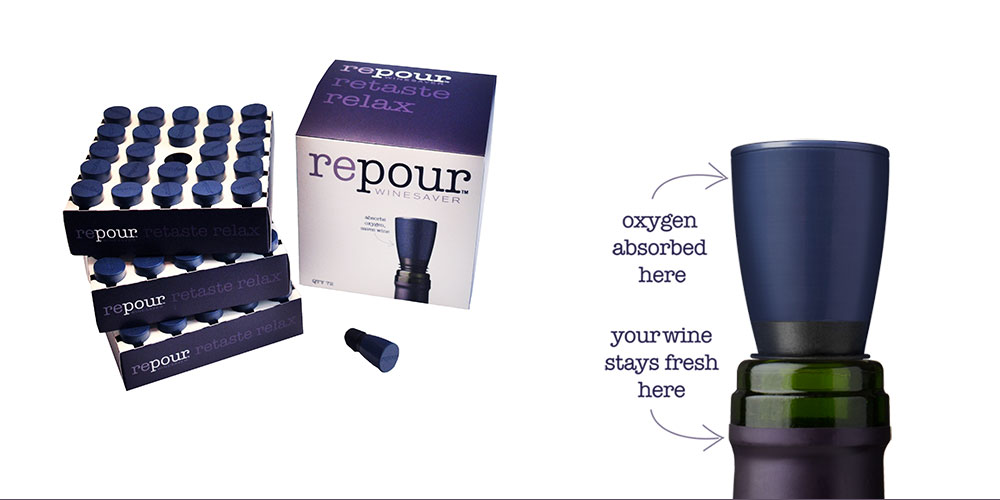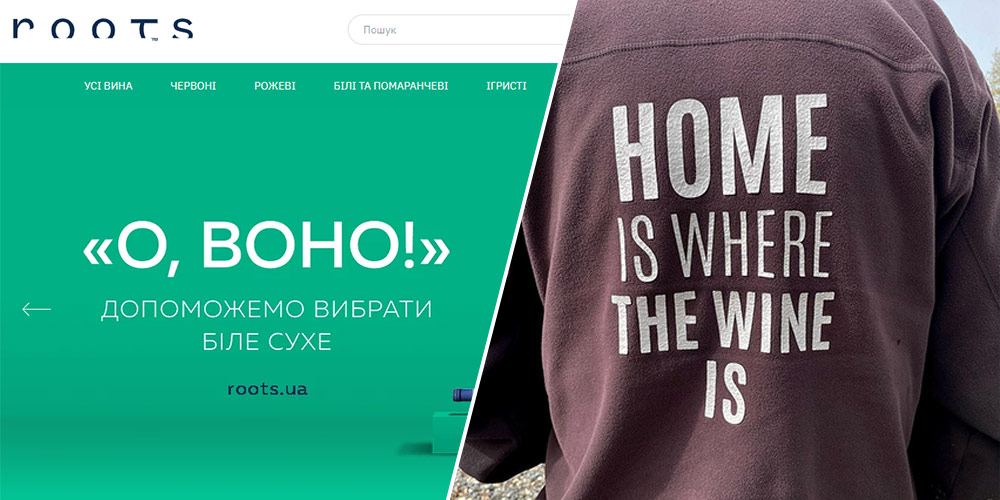In a recent article by Sean P. Sullivan he made mention that the unfortunate chemical compound, 2,4,6-trichloroanisole (AKA TCA or colloquially, ‘cork taint’) is in theory, on the outs. Sullivan stated that in his experience with the wines he’s been tasting in recent years, he’s detected it far less than he used to.
It’s always difficult to make any decisive declarations about TCA as it’s something that’s very much dependent upon sensitivity to the fault. Personally, I’m no cork hound and unless it’s quite strong aromatically, I have to confirm that there’s a problem on the palate where I can detect it with relatively ease when it exists.
Despite my seemingly diminished sensitive to this ‘wonderful’ contaminant in wines (that doesn’t always come from natural corks mind you), I have to say that my observations are to the contrary of what Sullivan has found and it appears to me that recently the levels of TCA contamination are massively on the rise in bottles sealed via natural cork.
The golden age of cork
It’s important to note that pre-2020, TCA had become exceedingly rare for me to find in wines from major regions. I say this as someone tasting wines from Southern Europe as well as other regions of the world in various competitions. There would be at most 1% of the wines tasted that would have a TCA or another cork flaw. I say ‘another’ as keep in mind that corks can have issues with oxidation and other random things given that they’re a porous, natural substance.
But the rate of detection can depend a great deal upon the wine region of production as much as the person tasting. It may very well be the case that Sullivan has been finding less issue in wines from Washington state as there are in fact fewer problems in that specific region.
My experience has long shown that wines from ‘secondary’ production markets (those not in the heavy hitters at the top of production such as France, Italy, Spain, and California) would see a higher number of issues. Obviously, no cork producer would ever admit to passing their second-rate corks off to these types of wine regions. The producers however have damned-well noticed that no matter how much they spent, they still had a high rate of contamination/failure and, in covering regions such as Croatia and Georgia, I can confirm this firsthand, both that they’re not skimping on the corks they buy and that the fail contamination rate is unjustly higher than other regions.
I even once heard of a producer in one of these regions buying all his corks from a supplier in California and having them shipped to where he is in Europe, this despite the corks coming from Portugal. The reason for committing to this much shipping waste was that given the exceedingly litigious nature of Americans, the thinking was that the cork provider would be terrified to sell a flawed product in the US.
It’s for this that in a tasting of young Pošip wines from Korčula, Croatia, absolutely all the wines were sealed with the composite, truly sterile corks made by Diam. This was never the case before as everyone used natural corks as an issue of perception (many did and still believe that anything other than natural cork would be seen as ‘cheap’ wine), but I’ve seen this pivot to manufactured corks more and more.
But this is possibly why Sullivan (as well as others) have noticed less issues in corks recently. There have been seemingly less of the lower-end natural corks coming to market and those in the higher-end were being checked very, very thoroughly via gas chromatography and other systems. All of this in turned worked to make cork issues, for the most part, non-issues.
Due to this, I’ve very much been pro-cork on upper-end wines for some time but not to the extent where I’d have entered a ‘discussion’ about it on Twitter.
What happened?
So, everything seemed good and getting better each year when it came to natural cork.
Then the pandemic came and the wines I was initially tasting in spring of 2020, like those for the DOQ Priorat report showed everything to be continuing without issue. But then, once 2021 rolled around and we started seeing the supply chain issues that would plague the wine industry for the next year plus, I started detecting more faults in wines that were issues found from natural corks.
In essence, any wine that’s been bottled with corks that were produced from 2020 onwards have shown the same issues and fail rates of around 5% (or even higher sometimes) that haven’t been seen for nearly a decade. What’s frustrating however is that all this data, while firsthand experience, is anecdotal.
When I was judging at the 2023 Decanter Awards (after an unasked-for, but Covid-granted hiatus of three years), there was a flight of 12 wines and of them, 30% required a replacement bottle be brought. The replacement wine was fine showing that it was not a wine problem, but a cork problem. Half of those deemed faults were TCA issues, thus a 15% fail rate. But, was this simply a small batch of these wines that had problems for whatever reason or could larger conclusions be drawn? We can never know.
Even in the small line of experimental wines I produce, I’ve had wines pop up with blatant TCA issues which is ridiculous as I bought what were supposed ‘top-end’ corks. Much like the Croatians I’ll probably switch to Diam in the future as when you’re producing only a couple of hundred bottles of a wine, even one having faults is untenable.
I can only guess that there are two issues at stake here. The first is that it’s been difficult for cork producers to maintain quality levels due to the pandemic. Staffing has constantly been an issue for everyone the world over and surely it must have affected them as well, although this is purely theoretical.
The other and much scarier issue is that we’re seeing the initial results of Climate Change for the cork industry in that the Iberian Peninsula (where most of the wine world’s corks are produced) is in the middle of a massive drought. This does affect cork production although it’s mainly been proven to slow the growth of cork, something that takes 25-30 years before it can be harvested. But it can easily be the case that it’s changing the make up and consistency of corks as well. We’re too early in what is a long game industry to have any solid answers on this, but like everything with a potential link to Climate Change issues (which, is essentially everything on the planet) this needs to be taken into consideration now.
A cork is a cork
Given all the issues and the fact that myself as well as a number of wine judges and winemakers I know in Europe have been seeing more, not less problems with corks currently, why do we still use them?
Well, according to the ‘Associação Portuguesa da Cortiça’, sommeliers prefer corks although the Portuguese Cork Association is the absolute antithesis of impartial.
Again, go and muck about Twitter (oh, sorry, ‘X’) if you want to see the passion around corks and why there is a core group of people who will always prefer them. I fully admit that the pulling of a cork as opposed to the cracking of a screwcap is a great deal more fulfilling, but we’ve clearly been conditioned to feel this way.
There are now a great many substitutes for natural cork with Diam, which is produced up in Roussillon, France, being the leading one. I was initially skeptical of these as they seemed to keep wines a bit closed and you simply can’t use a Coravin with them. But I’ve seen that when managed well they’re a fine alternative and in addition to not having any issues with TCA, the consistency of the material is excellent so you don’t get random oxidation or other issues.
It’s clear that producers even in first-tier countries are taking note of the advantages. Via two dozen wines I tasted just last week from classic regions in France and Spain, I noted that there wasn’t a single natural cork in the lot. They either used Diam, Nomacorc, or screwcap, with the Diam 30 on a bottle of Sauternes being one of the most surprising things to see.
By no means should we ditch natural corks though. In addition to the sentimental attachment, cork forests have great potential for carbon capture, the cork harvest and production is quite low energy, it provides jobs, and if done correctly, it’s a completely sustainable industry.
It’s just that we need to have an honest conversation about the inherent issues of corks and that these seem to be on the rise. If it’s the case that only upper-end wines will be able to use them due to the costs in guaranteeing there is no TCA, then we’ll need to accept that. We’ll also have to accept using Diam or other alternatives for some wines and screwcaps for others.
Like every issue we’re facing as both wine lovers and residents of this planet, we need to investigate hybrid solutions to ensure our collective future. We just need to fess up to the fact that there are in fact problems and they need to be dealt with, immediately.
You’re reading a free article on Hudin.com.
Consider signing up for a paid subscription and/or the newsletter to support independent journalism.





Dear Mr. Hudin,
I read with interest your recent article on cork taint. First let me say that I appreciate your continued commitment to purchasing wines sealed with natural cork. There are however a few points I would like to make regarding some of the statements and assumptions made in this piece.
First, I would like to direct your attention to the Cork Quality Council website: corkqc.com, on the “CQC Audits” page you will find the current results for all cork shipments delivered to the U.S. These audits clearly show TCA levels significantly less than 1 ppt. Wineries who purchase cork from CQC members are assured of high quality, TCA free corks.
This voluntary testing is only one aspect of the Portuguese cork industry’s efforts to eradicate TCA. All CQC members have implemented testing procedures and provide 100% TCA free cork guarantees.
Regarding the statements concerning Diam closures, they are not only produced in France but in Spain as well, and they are not universally free of TCA, we have conducted samples provided by wineries using Diam closures that have tested positive for TCA.
It goes without saying that the age-old adage of “you get what you pay for” is true with cork as in any other commodity product. If you buy cheap, untested corks from those not committed to quality control then…
Though COVID did influence all aspects of the business world, it had little effect on the cork forests, or harvesting. Point of correction, the current drought in the Mediterranean is not affecting production, though cork trees have been harvested every 9 years, this has been extended closer to 10 years. Based on current estimates, there is enough cork in the cork forests to close every bottle of wine produced for the next 25 years.
Unfortunately, the discussion on TCA tends to receive more attention than the fact that natural cork is the only sustainable closure for wine. The cork forests are a significant producer of oxygen, sequester over 20 million tons of CO2 each year, have the third highest rate of forest biodiversity, after the Amazonian and Indonesian rainforests, provide a fair wage to over 100,000 people and are the cultural life blood of the people in Portugal.
For too long the discussion of TCA has been a distraction for the alternative closure companies who would like to keep the discussion away from the environmentally disastrous production practices of these closures. If winemakers and wine consumers really want to walk the walk of sustainable practices, there is no other choice than natural cork.
It is important to remember that wine is an agricultural product and on the scale of failure rates for these products, wine is at the very bottom of failure spectrum. I truly believe that, given the choice of purchasing a bottle of wine sealed with a natural cork closure, knowing that it would actually be an act of forest conservation, or purchasing a bottle whose closure actively contributes to climate change, a consumer would be willing to live with less than a 1% failure rate.
Should you be interested I would be happy to further this discussion, at your convenience.
Best,
Patrick Spencer
Executive Director
Cork Quality Council
Hi Patrick, thanks for stopping by.
I can see that you’ve put forth the party line in what you’ve written as a number of items I’ve mentioned such as the fact that TCA doesn’t always come from corks. I also mentioned that corks are indeed sustainable as one of the things about Diam I don’t like is that they’re officially not a bottle closure you can put in the organic recycling as you can (in theory?) with natural cork.
But to state that the fail rate has been misrepresented is itself a misrepresentation as myself and wine producers are seeing these problems firsthand. I get that you’re part of the industry and need to sell corks, but at the same time people wouldn’t be shifting to alternatives in such large amounts if there weren’t east-to-see problems given that the alternatives are quite costly.
Hi Miquel,
Thanks for your article. I work in the NZ wine industry where most of the wines are sealed with Screw cap. I don’t like how the screwcaps look, but certainly the peace of mind that a screw capgives in terms of preserving the quality of the wine, is almost invaluable.
I’m convinced that cork is not the ideal closure for wine, and I think something like a screw cap or vino lock is. If you look into the science of wine ageing in bottle, the wine doesn’t really need that “micro oxygenation” that all the pro-cork people claim is necessary for wine to develop in bottle. Even the late Emile Peynaud has stated this.
I’ve been lucky enough to taste wines that have been in screwcap for up to 20 years (both red and white) and the results have been pretty convincing (in a positive way obviously). It’s almost as if we should be bottling wines meant for aging in screwcap and wines for rapid consumption under cork.
The only aspect in which cork is superior to screwcap in my opinion is it’s sustainability and carbon footprint. Even though the aluminum in screw caps is 100% recyclable, I don’t think the screwcap and the sleeve (what remains on the bottle), make it back to the recycling center often. On the other hand, corks like Diam or Vinc, which are the only type I would trust, are not recyclable, due to the polymers holding them together.
It also depends on where you are in the world. To bottle wine under cork in NZ you have to ship corks from Europe, and you have to use heavier bottles. At least the ones available here, are heavier than the ones available for screwcap (which are made in NZ from 60-70% recycled glass). If you want to bottle Rose under cork, then you’ll also have to import bottles as you can’t find NZ made, cork mouth, flint bottles here.
In the end I don’t know if a lighter screw cap bottle has a lower carbon footprint than a heavier, cork sealed bottle, but if it is wine quality what we are striving for, then I’d go for screw cap.
Leo
Hi there Leo,
Yeah, I agree with you on all points and yes, I’m more than a bit annoyed in how the composite corks like Diam et al are basically trash and you can’t use a Coravin with them as they don’t re-seal.
And I have indeed seen impressive aging with screwcaps. I tasted a series of Rosés in France once with one that was 10 years old and tasted as fresh and vibrant as the one that was just a year old. https://www.hudin.com/chene-bleus-decade-of-rose-evolution/
There is a lot of dundering on about corks on Twitter so I would warn you to stay away from their with your sensible opinions!
Agglomerated corks are plastic with wood particles.
Cork sellers are well aware of purchasing protocols. If winery principles are insensitive to TCA their wines may have 10%. If you buy from two producers, have the corks clearly coded by supplier, and insert at random, the rate goes way down.
I abandoned chunks of wood in 1992. No supplier has a meaningful guarantee. I wouldn’t buy bottles that ruined even 0.1% of my wine. The actual rate has several zeroes after the decimal.
Another issue. The idea that a wine competition gives wood stoppers two chances when the consumer only gets one bottle, demonstrates one of the many flaws of judged tasting.
Paul Vandenberg
Paradisos del Sol Winery and Organic Vineyard
It’s a frustrating situation for sure and one I now have sympathy with winemakers for.
One thing though, in that a wines actually have four chances at the proper competitions as they require that many samples of each wine. So, yeah.